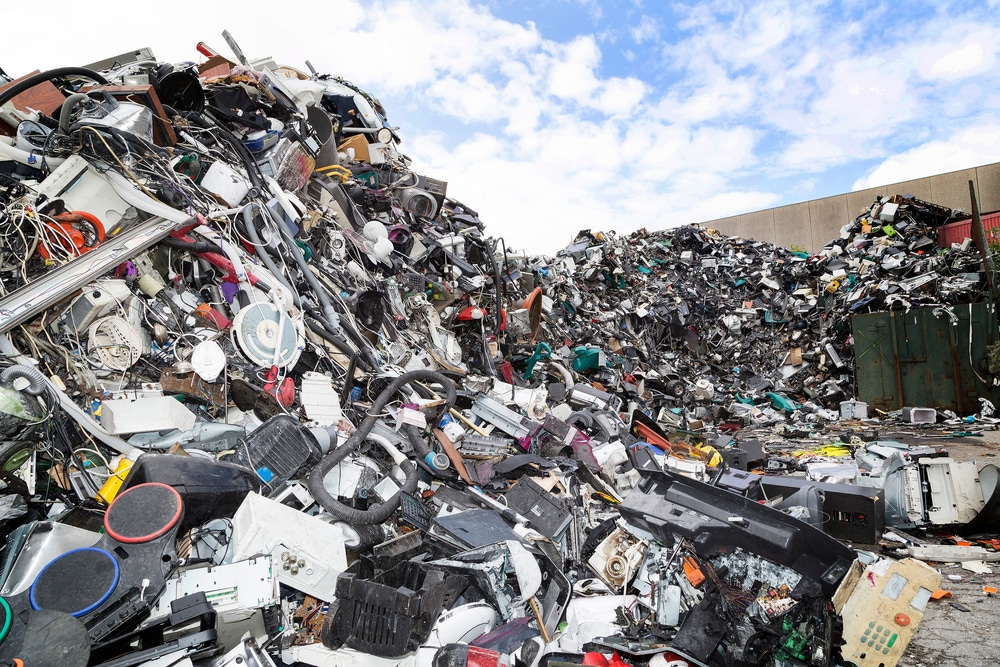The Rapidly Growing Dilemma of E-Waste
This ITAK article covers the rapidly growing issue of electronic, biotech and medical equipment waste, impacting our landfills.

According to TheWorldCounts.com, “we generate 40 million tons of electronic waste every year worldwide. That’s like throwing away 800 laptops every second.”
With emerging technologies such as Machine Learning and Generative Artificial Intelligence (AI), new innovations and development will exacerbate the amount of equipment upgrades that will take place across all industries (e.g., technology, industrial, biotech, etc.) over the next decade. If not reused or recycled responsibly, this e-waste will end up in our landfills all over the world, leading to the release of hazardous toxins in our water, soil, and the air we breathe. As a result, humans will be more prone to respiratory issues, cancer, and the consumption of harmful liquids and food from crops. Then, we ask ourselves: what can we do as corporate citizens to protect our environment and slow down the inevitable from occurring?! Unsurprisingly to most, there are simple methods to consider that help ensure electronic or medical products don’t get tossed into our dumpsters!
At home, collect and deliver your retired, unused, or broken devices and/or batteries to an IT Asset Disposition (ITAD) company that will securely and sustainably reuse, reduce, or recycle the equipment. You can simply perform a Google search to identify ITAD and e-waste recycling companies in your local area that will service consumers or end-users.
For businesses and large enterprises, this becomes even more critical given the sheer volume and frequency of technology, lab, or medical assets procured, then eventually retired when reaching the end of their lifecycle. Consider partnering with a qualified ITAD company who follows National Association of Information Destruction compliant procedures to destroy your data (as applicable), remarkets & reuses units (if possible), or separates and reduces assets down to commodities for proper e-waste recycling. In addition, identify a supplier who provides regular reports which help support your Environmental, Social, and Governance (ESG) goals as a company. Example reports pertain to your reduced carbon footprint, pounds of commodities recycled, data destruction, etc. This does not just apply to IT gear in offices or data centers, but also manufacturing sites, medical or biotech labs, and retail locations. The “rule of thumb” is – any piece of IT, engineering, or medical equipment can likely be resold or recycled securely and sustainably to help preserve our landfills. Furthermore, certain ITAD suppliers will provide revenue-sharing models for retired, surplus, and/or fully depreciated assets that still have value in the resale market, but otherwise, there will be fees for needed services, such as electronics recycling or hard drive shredding.
This information may seem glaringly obvious, but unfortunately, medical and electronic waste is a growing problem that is starting to impact the lives of our current and future generations. Per “TheWorldCounts.com,” e-waste comprises 70% of our overall toxic waste, only 12.5% of e-waste is recycled, and 85% of our e-waste is sent to landfills! These statistics are ultra-concerning and further underscore the need for all of us to act now so we can have a greener tomorrow. And it’s definitely not an issue that can be completely resolved overnight, in a few years, or ever for that matter, but each of us should feel empowered to do our part to protect the earth one electronic or medical device at a time.
